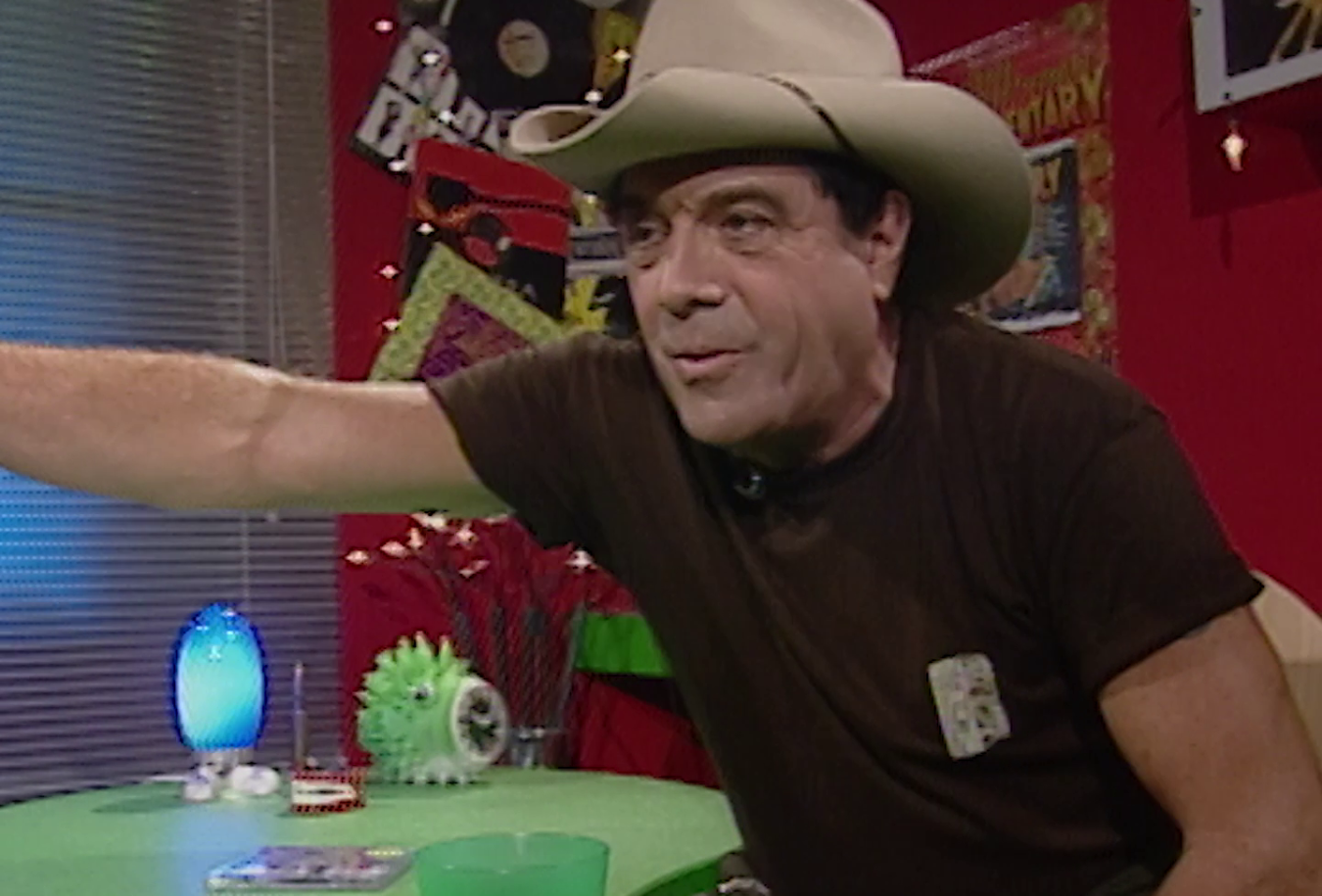

Media release: Who Listens to the Radio? A new podcast from NFSA
Media release: Who Listens to the Radio? asks new podcast from the National Film and Sound Archive
Published Wednesday 6 March 2024
The National Film and Sound Archive of Australia’s first podcast, Who Listens to the Radio? launches today, featuring guests Wendy Harmer, Benjamin Law, Sally Cockburn aka Dr Feelgood, Fenella Kernebone, Christopher Gilbey and more.
The podcast charts the rise of Australian radio over its 100-year history: crystal sets as the must-have device of the 1920s and 30s, radio’s role in such seismic cultural shifts as the emergence of the modern teenager, the growth of talkback, the impact of radio on under-represented communities, and the podcast boom.
Who Listens to the Radio? also uncovers the story of Big Fat Radio – Australia’s now largely forgotten early experiment with internet broadcast. Christopher Gilbey OAM, music industry executive and one of the station’s founders, reflects on the failure of the rollout of broadband to keep pace with cultural change in one of the untold tales of the dotcom bubble.
Legends of Australian broadcasting join the NFSA’s CEO and Who Listens to the Radio? host Patrick McIntyre to relate some of their most memorable on-air moments, and to reflect on radio’s way forward in the 21st century.
Dr Sally Cockburn, better known to thousands of Australian audiences in the 1990s as Dr Feelgood, explains her thinking behind the frank discussions of sex that made her show so famous.
‘I think parents were probably quite happy their kids were listening to this. In fact, I had lots of parents writing to me saying, “look, we were listening in the other room” …I wanted it to be fun. I didn't want it to be sneaky or dirty…We had to keep the telephones switched off until just before the show went to air because we would get inundated with calls. I thought that was normal. I used to get a sack of mail every week. I thought that was normal.’
Writer, journalist and broadcaster Benjamin Law speaks to the emergence of radio as a powerful platform for storytelling.
‘I think radio has found this really interesting marriage between entertainment, education and edification. I think for a long time, radio needed to be very, very serious or it was completely frivolous. Now it’s taken seriously as a narrative form. Radio is really pushing storytelling in general. It's about Australian stories.’
Broadcaster Wendy Harmer talks about her experience hosting talkback and being on air during some of the most momentous news events in recent decades, including the death of Princess Diana and the September 11 attacks of 2001.
‘I have been behind the microphone when big seismic things have happened. And it feels like a real privilege to have been there…when there is a disaster of some kind or when there is a celebration, everyone is going to switch on the radio because they know that's where they'll find the most immediate up-to-date news. That's where they'll find eyewitnesses who are on the spot. That's where we will all gather. And I think that will happen for many years to come.’
Patrick McIntyre says: ‘We had an enormous amount of fun making this podcast. It’s hard to believe that a media industry that is still so vital and relevant is now a century old. It is eye-opening to trace radio’s influence, not only through its broadcasts but as the first electronic mass media form. Radio invented so many programming formats and models of sponsorship and advertising, it sped up the news cycle. and it continues to adapt through wave after wave of technological and cultural change.’
'The six episodes of Who Listens to the Radio? celebrate the brilliant, surprising and sometimes pretty weird aspects of Australian radio, and we were thrilled to be joined by such a wide range of fascinating and insightful guests,’ McIntyre says.
Today also sees the final chapter launch of the NFSA’s major digital exhibition Radio 100, which has celebrated a century of radio history and achievements in Australia. In Let’s Get Digital, the NFSA looks at digital disruption to the traditional broadcasting model, tech convergence and radio’s rebirth as audio culture in the early 2000s.
Who Listens to the Radio? was produced by Audiocraft for the NFSA.
Audience CTAs
- All six episodes of Who Listens to the Radio are available now, wherever you get your podcasts
- Explore Radio 100: Let’s Get Digital at nfsa.gov.au
Images and audio grabs available here on Dropbox
Media enquiries and interview requests:
Louise Alley | Communications Manager | 0422 348 652 | louise.alley@nfsa.gov.au
The National Film and Sound Archive of Australia acknowledges Australia’s Aboriginal and Torres Strait Islander peoples as the Traditional Custodians of the land on which we work and live and gives respect to their Elders both past and present.